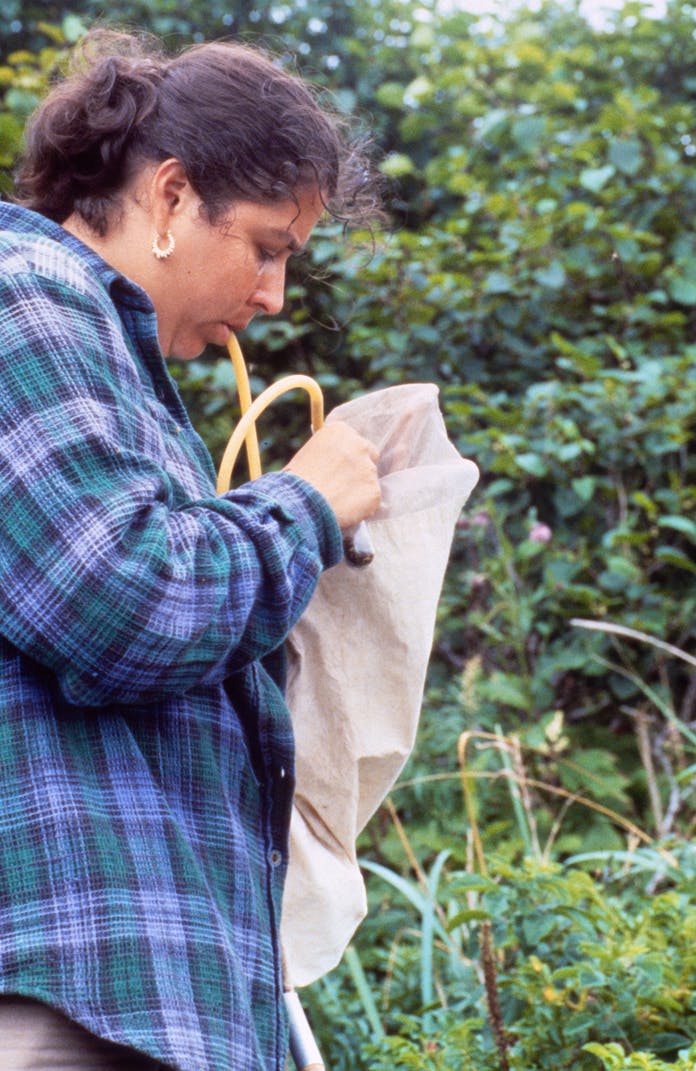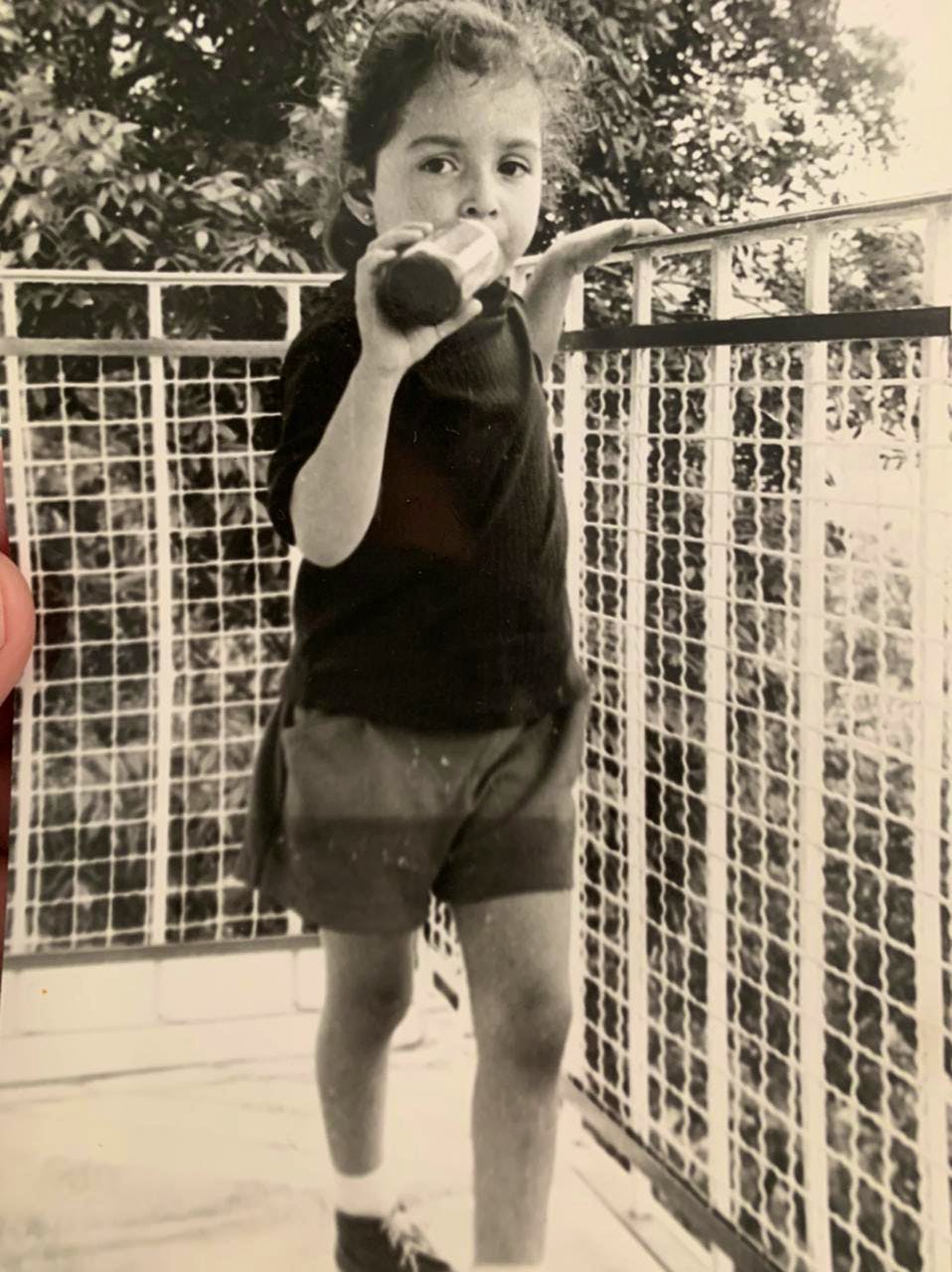I grew up in Mexico City, the oldest of five children. Since I can remember I was fascinated with insects, and bees were my favorite. My mother could not believe why her oldest daughter was not much of a “normal” girl. Through the years she came to accept that I wanted to be a scientist, and I never gave up on that dream. My proudest moment was when I graduated with the first Ph.D. in my entire family (I have a very big family). I still remember the day I graduated. My parents flew from Mexico to proudly attend the graduation ceremony but also wondered how I was going to make a living studying bumble bees.
I currently work at the Denver Museum of Nature and Science supporting a team dedicated to collection-based research. We highlight the importance of maintaining museum specimens and artifacts to preserve history and look at historical patterns and changes over time. The museum opened 120 years ago, so we have an incredible database of material representing the history of the Intermountain West.
When I did my undergraduate work, I learned about the threats not only bees face, but all plants and animals. After I read Rachel Carson’s Silent Spring in college, it opened my eyes to the damage we humans were doing to the environment. It led me to pursue my advance degree, so I could make a difference in my professional life. I was very honored when I became Science Advisor for the U.S. Fish and Wildlife Service - the agency where Carson started her work. Doing my Ph.D. thesis and traveling across Latin America, I discovered how some of the large agricultural corporations polluted the soil and the plants bees needed.




After I graduated, I stayed in the U.S. and learned firsthand that the same was happening here. I was working with the National Fish and Wildlife Foundation and together with a supporter we created an initiative called “Saving America’s Pollinators.” which was renamed the “North American Pollinators Protection Campaign" and tries to conserve pollinators by addressing, policy, communication, education and research across the U.S., Canada and Mexico while conserving all pollinators. Bringing federal, state and public interests to the table to talk about conserving pollinators was a highlight, and during this period I had the great pleasure of meeting Secretary of the Interior Bruce Babbitt on a flight back from an event. I took it upon myself to introduce him to pollinators and their importance, and the next thing I knew, he invited me to organize a roundtable for all his bureau directors. Several bureaus made proclamations to protect pollinators, and to this day, every year during Pollinator Week (June 17-21 this year), most organizations issue pollinator proclamations!
Another species that brought me into the conservation world was the black-footed ferret, during my work with the National Fish and Wildlife Foundation. I was given a grant to manage, that involved building a breeding facility for the black-footed ferret. I joined the recovery team made up of experts, including Defenders of Wildlife, dedicated to the recovery and conservation of black-footed ferrets. We built the facility where, to date, hundreds of ferrets have passed through on their way to the wild.


I have had the good fortune of having people in my life who pushed me to do what I love, and still today I have several mentors on hand. I am a constant student, always learning, always listening, so I can stay relevant and up to date in my areas of expertise. Mentors push you to be better, challenge you and question whether you are happy doing what you do.
The Denver Museum of Nature and Science’s Education Programs department is active teaching the next generation about the role of science and natural history collections. Before the pandemic, thousands of children would come through our halls and classrooms every year. Every year, we host a Girls in Science day, an event that attracts thousands of people to learn about opportunities in science for girls and everybody. My team is an active participant, and we share with the public the work we do. The main message is always: The sky is the limit and you can do whatever you want.
I have been very fortunate during my career to be able to sit at the table and use my voice and knowledge for the cause. And if I could go back in time, I would do it all over again. Sometimes I get discouraged because I see firsthand how we humans continue to destroy our natural habitats. But most days I am optimistic about the future of our planet, species like the black-footed ferret and pollinators, especially when I see people working together tackling difficult issues at different levels: on-the ground, with public advocacy, on the research front and in the halls of Congress. Knowing that there are groups and individuals fighting the fight to protect and conserve biodiversity keep me motivated to keep doing the best I can.








